
|
|
|
|
|
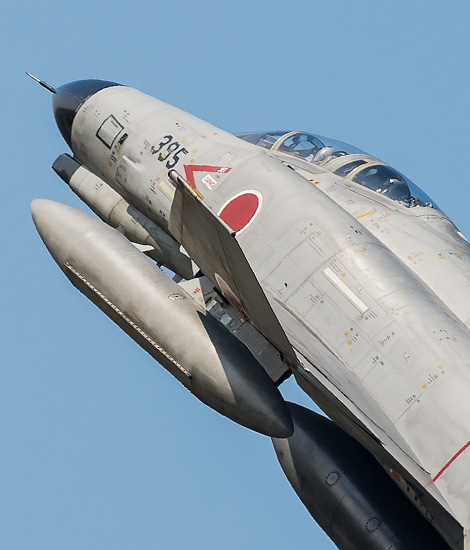
|
Backbone of the Japanese Defense; Hyakuri, October 30, 2019
Japanese Samurai Phantoms, part 1; Text and Photograph's by Alex van Noye
Over the years, the F-4EJ Kai has built up a great reputation in Japan. The Phantom fleet has been drastically updated over the years to the Kai standard. The type is currently in the last days of its career within the Japan Air Self Defense Force and will soon be replaced by the modern Lockheed-Martin F-35A Lightning II.
The F-4EJ Kai has just like the other Phantoms in the countries that fly or have flown with this aircraft a great reputation. The Phantoms have formed the backbone of the Japanese Air Self Defense Force (JASDF) for years in a country like Japan. Japan selected the originally American F-4 Phantom II as the new primary fighter plane in the late 1960s. On November 1, 1968, this choice was made public and Japan became one of the few countries which was licensed to produce this aircraft in its own national factories. The Nihon Koku Jietai (Japan Air Self Defense Force, JASDF) received a total of 154 F-4-EJs and RF-4Es. Almost the entire fleet of F-4EJ aircraft was built under license by Mitsubishi Heavy Industries. The RF-4E photo reconnaissance aircraft were built in America by McDonnell Douglas. In Japanese service, the F-4 Phantom II mainly had to replace a large part of the outdated Lockheed F-104J Starfighters. Because of its role during the Second World War, Japan had a restriction that prevented the JASDF aircraft from being equipped with air-to-ground missiles and bombs. As a result, the original F-4EJ Phantoms were delivered without the AN/AJB-7 bomb computer. The aircraft also had no possibility of refueling in the air, because this option was not built in for this. As a result, the Japanese Phantoms had a short operational range and therefore the aircraft could only be used for the defense of Japan. Due to Japanese military restrictions that prohibit air-to-ground ammunition, the F-4EJs were delivered without the system and also had no air refuelling or probe.
McDonnell Douglas built the first two prototypes of the F-4EJ. These aircraft flew for the first time on January 14, 1971. The following eleven aircraft were assembled in Japan at Mitsubishi. The first copy built in Japan flew on May 12, 1972. Mitsubishi continued to build all F-4EJs over the next nine years and production ended after 127 F-4EJ aircraft on May 20, 1981. This aircraft was the last F-4 ever to be built throughout the world. The F-4EJ entered service within the JASDF in August 1972 with
|
|
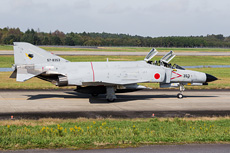
|
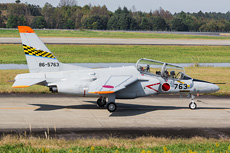
|
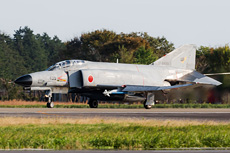
|
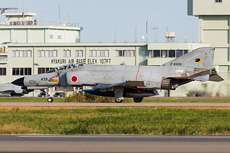
|
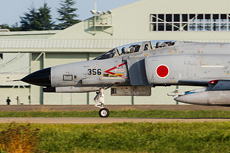
|
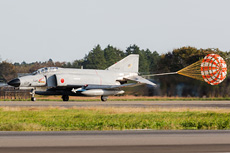
|
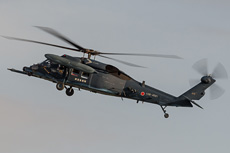
|
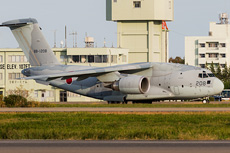
|
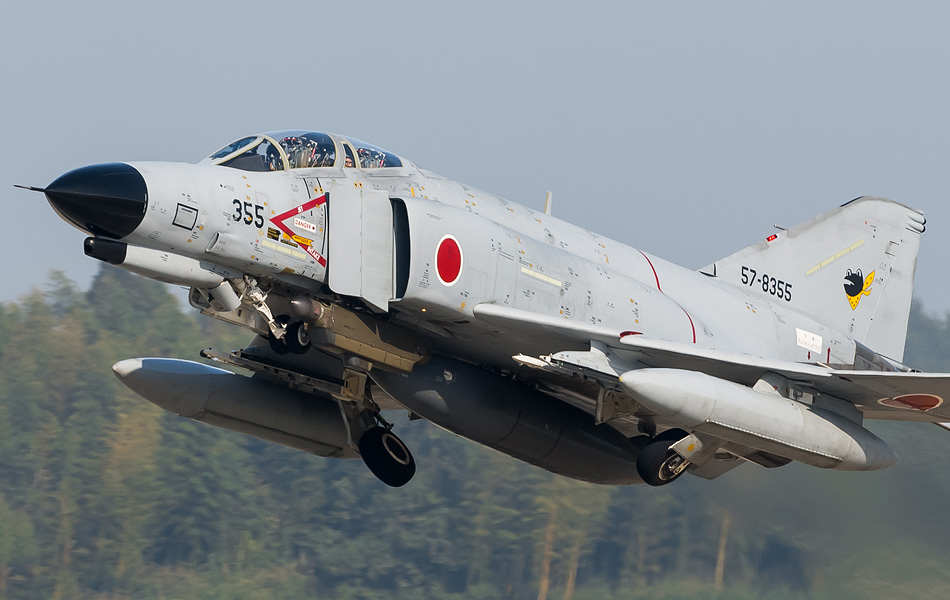
|
a total of six operational squadrons. The units equipped with the F-4EJ Kai were 301, 302, 303, 304, 305 and 306 Hikotai. In addition to these operational units, a number of Phantoms were assigned to the test unit at Gifu to participate in testing and developing deployment of the type. To upgrade the aging Phantom fleet, the JASDF has launched the F-4EJ Kai program. The word "Kai" means "renewed" in Japanese and is therefore similar to the MLU project applied to the European F-16s in the 90s. Initially 110 aircraft were designated for the update, but that number is later reduced to 96 Phantoms. The aircraft were upgraded with an APG-66 radar, making the Phantom capable of attacking ground targets. The F-4EJ Kai flew for the first time on July 17, 1984 and the first F-4EJ Kai was first delivered to the JASDF 306 Hikotai on November 24, 1989. The aircraft was equipped with the smaller and lighter AN/APG-66J pulse Doppler radar and a head-up display which resulted in a lookdown/shootdown option.
The Japanese Kai Phantoms can carry a large 610 American gallon F-15 fuel tank on the center line. This fuel tank can withstand higher G-forces than the original F-4 center line tank. The F-4EJ Kai can also carry the Westinghouse AN/ALQ-131 advanced multimode electronic countermeasures pod under the inner wing suspension points. This defense pod contains a wide range of modules and re-programmable software that makes it possible to quickly face new threats during a deployment. After the update, the F-4EJ Kai can also launch the AIM-7E/F Sparrow and the AIM-9L/P Sidewinder air-to-air missiles. This update makes the F-4EJ Kai a modern weapon which is much better able to perform national defense tasks. The Japanese Phantoms were also able to carry the ASM-1 and ASM-2 anti-ship missiles under the wings from this moment on. This adjustment increased the capabilities of the F-4EJ Kai in the role of anti-shipping. The Phantom took over the anti-ship role from the Mitsubishi F-1, because that aircraft had a too short flight range. In addition, there were not enough F-1s in service in Japan to carry out the task properly. The P-3 Orion’s could also be equipped with Harpoon anti-ship missiles, but were not a worthy interpretation of the anti-ship role, because these aircraft were too slow. In addition to these maritime weapons, the F-4EJ Kai is also suitable for carrying other air-ground weapons in the form of various bombs and rockets.
The F-4EJ Kai was quickly delivered by Mitsubishi to the operational Phantom squadrons in Japan. Within a few years it was decided to retire a large part of the Phantom fleet by replacing the aircraft with the Mitsubishi F-15J Eagle. The units at Komatsu were the first to make this switch to the more modern F-15J. In the mid-1990s, the F-1s began to age strongly due to the rapid technical progress of aviation. The three support units that flew with the F-1 had a lot of wear and tear on these aircraft. The Mitsubishi F-1 was already on the list to be replaced by the Mitsubishi F-2. However, this program was so delayed that it was decided to close the gap between the F-1 and the F-2 with the Phantoms that were released during the conversion from Komatsu to the F-15J. On March 17, 1997, the F-4EJ Kai aircraft were relocated to the 8 Hikotai that would land at Misawa Air Base. In this role, the F-4EJ Kai was deployed for the first time as a ground attack aircraft. In total, the entire Japanese Kai fleet was reduced to just three operational squadrons. From 2001, 8 Hikotai has been transferred to the Mitsubishi F-2 at Tsuiki Air Base. At the moment only two units remained operational with the Kai. Both of these units were ultimately based on Hyakuri near Tokyo. The 302 Hikotai had been based on this here for several years and from 2016 the 301 Hikotai also moved back to Hyakuri. The 302 Hikotai would eventually begin its conversion to the F-35A in 2019. The 301 Hikotai is therefore the last unit in Japan which is still operational with the F-4EJ Kai.
|
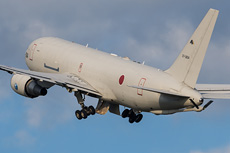
|
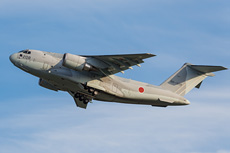
|
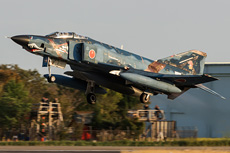
|
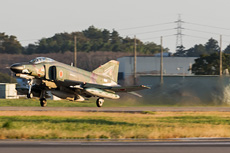
|
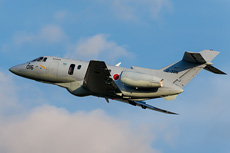
|
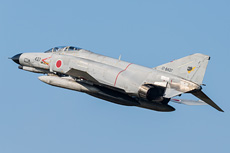
|
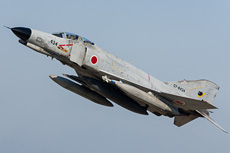
|
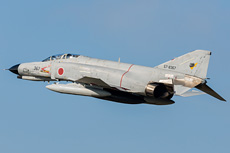
|
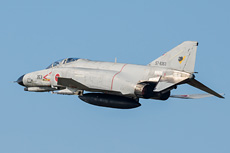
|
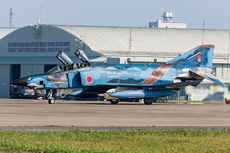
|
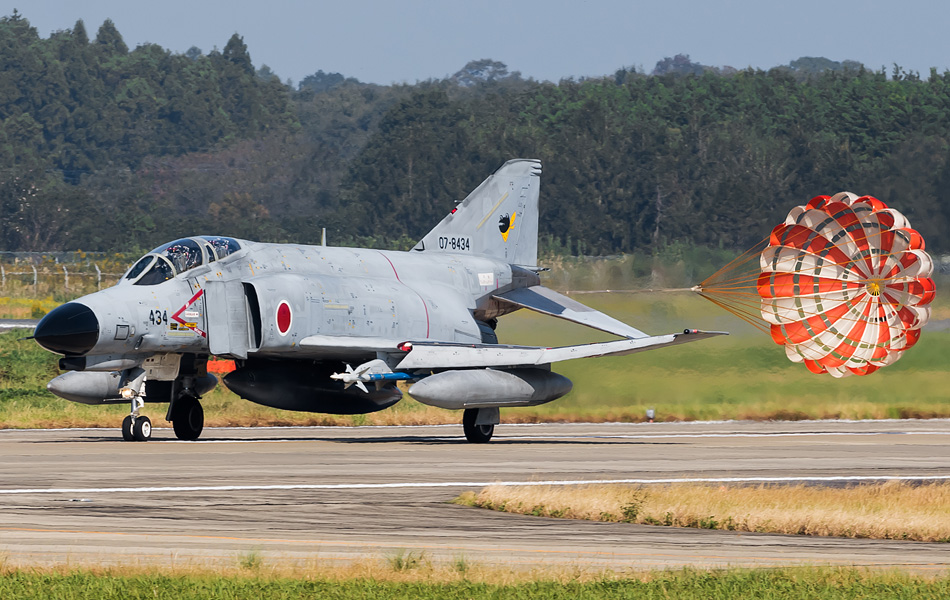
|
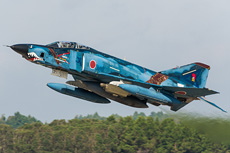
|
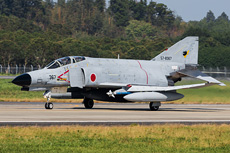
|
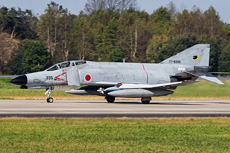
|
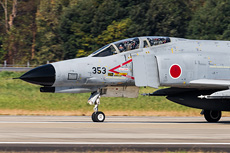
|
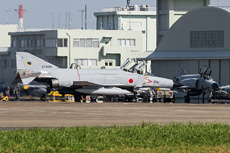
|
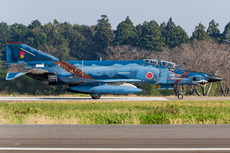
|
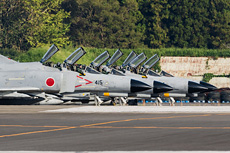
|

|
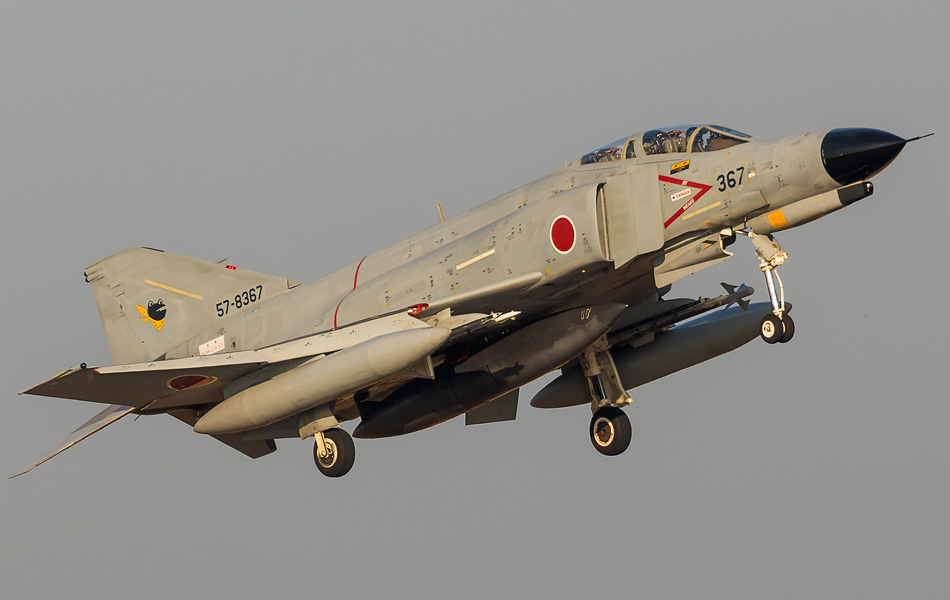
|
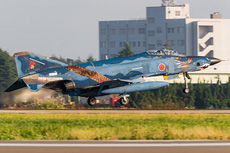
|
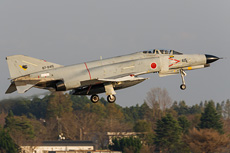
|
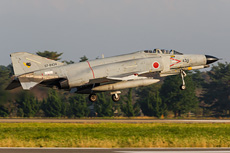
|
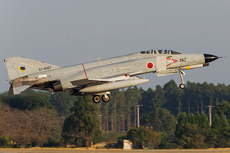
|
|
|

|







